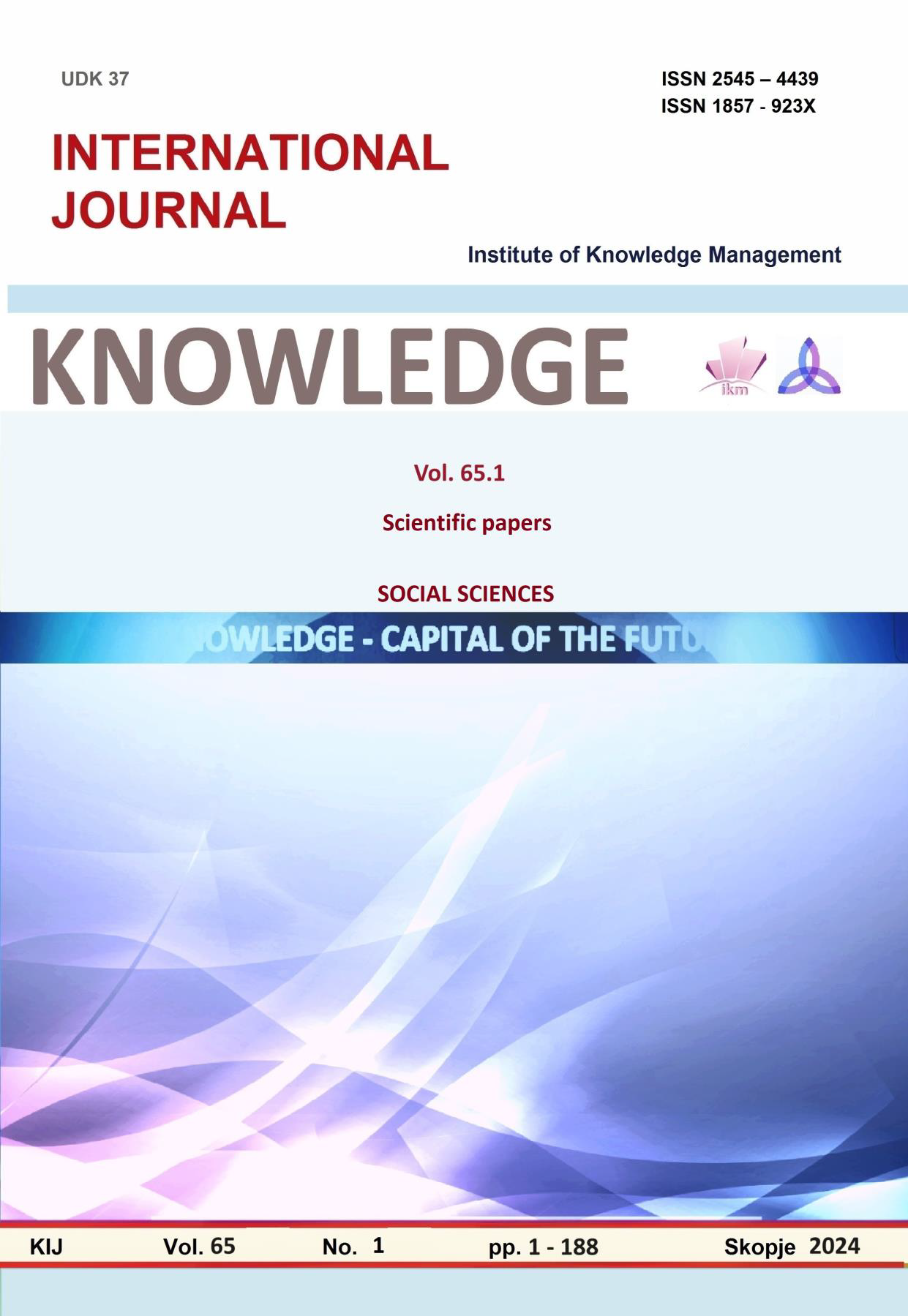CULTURE IN THE CONTEXT OF GLOBAL HUMAN RESOURCES MANAGEMENT
Keywords:
culture, globalization, HRM, cultural diversity, remote workingAbstract
Working and earning from the comfort of your home is a possibility that is going viral nowadays. Everyone with several years of working experience has the chance to find a suitable remote job with decent earnings; therefore, offices have started to become an unnecessary expense. Remote companies have monitoring systems that monitor the results employees are expected to reach, so the employees are aware that working from home will not change their level of productivity. However, working from the office is a very pleasant and learning experience. Video conferences are unlike meetings in person, where you can witness body language and face expressions while talking to people. At the same time, you can communicate, exchange experiences, network, and be uplifted while in the office. Working from the office gives you the opportunity to meet people from different cultures in person. Sharing the space where you spend your day with people who have different backgrounds means having the capability to adapt to different styles and ways of functioning. This study examines the crucial role that cultural diversity plays in the workplace, followed by the HR methods that management implements for the purpose of harmony within the organization. The significance of culture in molding and impacting worldwide Human Resource Management (HRM) practices has grown in today's linked and ever-changing economic landscape. This study explores the complex relationship between culture and global human resource management (HRM), looking at how cultural differences affect hiring, selection, training, performance reviews, and employee interactions, among other HRM-related activities. This study attempts to offer insights into practical methods for handling cultural differences in a global Human Resources Management setting by analyzing the benefits and difficulties brought about by cultural diversity. This study advances knowledge of the challenges of managing cultural diversity in multinational corporations by drawing on pertinent theoretical frameworks and empirical research, leading to the eventual development of more inclusive and successful HRM strategies worldwide.
References
Armstrong, M. (2011). Armstrong’s handbook of strategic human resource management. Kogan Page.
Armstrong, M., & Taylor, S. (2014). Armstrong's handbook of human resource management practice. Kogan Page.
Bratton, J., & Gold, J. (1994). Human resource management: Theory and practice. Macmillan International Higher Education.
Chen, J. (2023, April 25). Multinational corporation (MNC). Investopedia. https://www.investopedia.com/terms/m/multinationalcorporation.asp
Covey, S. (1989). The 7 habits of highly effective people. Free Press.
Dahl, A. (2019). Global perspectives: A practical guide to navigating across cultures. Granhof & Juhl.
Deel. (n.d.). International employment contracts guide: What you need to know. Deel. https://www.deel.com/blog/international-employment-contracts
Dowling, P., Festing, M., & D, A. (2013). International human resource management. Cengage Learning.
Gibson, R. (2021). Bridge the culture gaps: A toolkit for effective collaboration in the diverse, global workplace. John Murray Press.
Grimsley, S. (2019). Global staffing approaches: Ethnocentric, regiocentric, polycentric, and geocentric - Video & lesson transcript. Study.com. https://study.com/academy/lesson/global-staffing-approaches-ethnocentric-regiocentric-polycentric-and-geocentric.html
Hofstede, G., Hofstede, G. J., & Minkov, M. (2010). Cultures and organizations: Software of the mind. McGraw-Hill Education.
Indeed Career Guide. (n.d.). 9 reasons why face-to-face meetings are important. Indeed. https://www.indeed.com/career-advice/career-development/face-to-face-meetings
Nankervis, A. R., Baird, M., Coffey, J., & Shields, J. (2017). Human resource management: Strategy and practice. Cengage Learning.
PeopleHR. (2017, September 6). The three biggest international HR challenges. PeopleHR. https://www.peoplehr.com/blog/2017/09/06/the-three-biggest-international-hr-challenges/
RedGlobePress. (2023, January 27). Title of the video [Video]. YouTube. https://www.youtube.com/watch?v=PyiGlMS6bWk&ab_channel=RedGlobePress
Root, F. R. (1994). Entry strategies for international markets. Lexington Books.
Study.com. (n.d.). Parochialism in business: Definition and examples. Study.com. https://study.com/academy/lesson/parochialism-in-business-definition-examples.html





